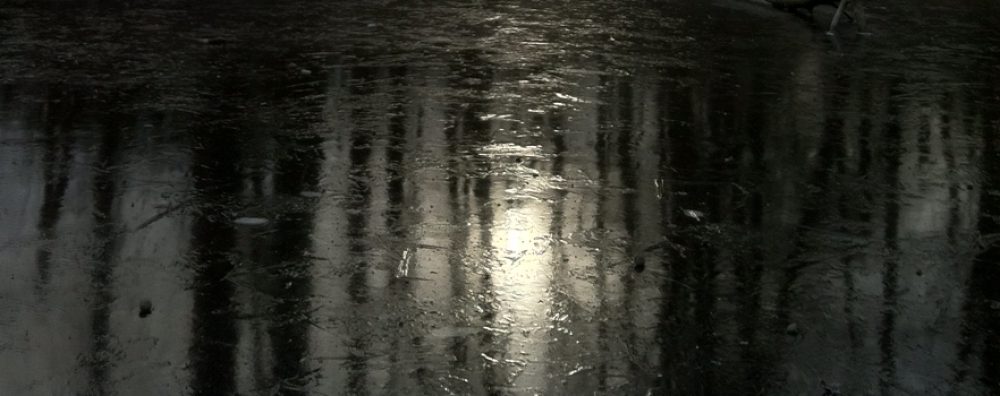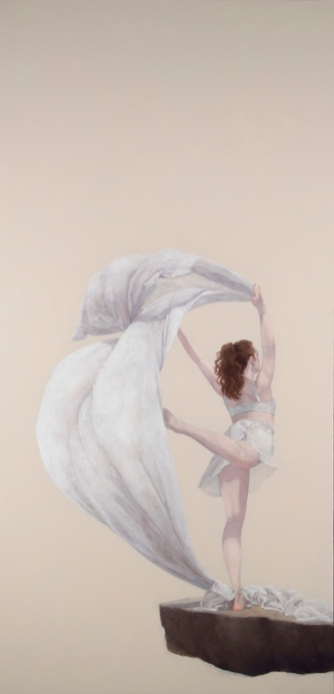IDENTITY Method: Degrees of Separation
Darlene Campbell, Kenny Harris, F. Scott Hess, Ira Korman, Judy Nimtz, Sarah Perry, Robert Schultz & Peter Zokosky
July 7 – August 27, 2016
Opening Reception: July 7, 2016: 6 – 8 pm
Method: Degrees of Separation, the second of three IDENTITY exhibitions, highlights the art process with a special appreciation of historical methods within a voice of haptic ways of seeing. The featured artists come from various points of view—conceptually, pictorially, and aesthetically—yet collectively they share a deep dedication to creating artwork by way of a traditional method. In curator Eleana Del Rio’s words “Tradition by way of ‘method’ – stated loosely – is the exhibition’s topic.”
Artist interview #47: Judy Nimtz- Part 2

1. What is your ideal working environment? – space, music, lighting, etc.
I work best in a clean, organized studio. I prefer natural, indirect light but I don’t only work during the day so I’ve figured out how to position my studio lighting to augment and replicate natural light enough for me to work when it’s dark. Unless I’m painting plein-air I almost always have music playing — it serves two purposes and is very important – 1) if there is a certain mood I’m trying to convey or that I want to be in while I’m working I’ll make sure I listen to the appropriate music or audio books, and 2) when it’s silent my mind wanders too much to things not pertaining to art such as paying bills.
2. Is there a specific motivator in getting you into the studio? – after morning news? coffee? after family is asleep at night?
I’m most productive in the mornings and daytime. I try to end my painting work day by dinner, but when necessary I’ll paint anytime really. Whenever I do a new photo shoot I’m reinvigorated and can’t wait to get into the studio.
3. What is your preferred medium? Do you work on one project at a time or several?
I primarily work in oils. I’m usually working on more than one painting at a time and also smaller studies in preparation for future paintings. Because of this I make extensive notes on each painting to help me keep track of what I’m doing on the different paintings.
4. Is there anything you would like to share as personal interests outside of the studio – outdoor activity, cooking, reading, museum/gallery hopping?
Spend time with my husband, who is also an artist. Physical fitness and health is important to me in general and painting can be fairly physical at times so I try to keep myself strong. I love watching movies and discussing them, reading, cooking, having a glass of wine with friends, spending time in the yard. My husband and I travel quite a bit, usually turning each trip into a painting adventure!
5. In what way is your work a reflection of “tradition by way of ‘method’”?
I consider myself a fairly traditional oil painter and my methods traditional too. I’ve actively sought out historical pigments (lead tin yellow, vermillion, lead white) but am also not a slave to the idea of using only them — one of the main pigments for my figures is cobalt violet. I build up my flesh colors in indirect, transparent layers, which is a method used for centuries.
6. With the examples of your work represented in IDENTITY Method- Degrees of Separation, are there any anecdotal notes that may give insight into your artist vision to a new viewer?
As I’m answering this question I’m thinking about through lines connecting early influences with my current work. I’m a hapa haole (half Asian and half Caucasian) raised in Hawai’i by my Chinese mother. I am of two cultures—I grew up with Chinese art at home and fell in love with Victorian literature. I find there is a similarity between the sacrifices in Chinese heroic stories and the sacrifices of the social norms of Victorian society. The stories of Jane Austen and Emily Brontë influenced me as a youth, evoking the windy, stormy, grey moors of England. I’m drawn to these themes of heart-crushing personal sacrifice and loss–quiet, unseen strength–in all art forms: music, literature, film, art.
Though my work is not narrative, these underlying ideas of contemplative resilience swirl around me as I work. I let them infuse my mindset while composing and executing my paintings.
I do my photo shoots on bright sunny days, with my figures on lava rock in Hawai’i or on rocks here in Southern California. The nature of Hawaiian lava rock, which is both very hard and a viscous liquid, parallels how I think of the figures in my paintings. Often dancers, they are graceful and fleshy but also strong and marblesque. Above all else, I love painting the figure. I love the feeling of my brush sculpting the forms on the panel, the drag of the paint revealing the muscles and flesh.
Compositionally the environments have been stripped down to simply a figure on bare rock. This distils the image to the essentials of the moment. I now see the early influence of the Chinese calligraphy and landscapes scrolls in my childhood house. These spare compositions meld with my love of the tight vertical framing of Byzantine altarpieces and the 19th century Victorian painters such as Albert Moore.





